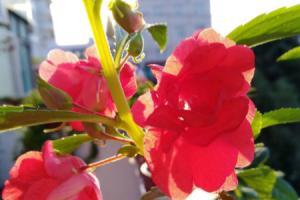Do I Need Drain for My Plant Pots?
When it comes to planting, one of the most commonly asked questions is whether or not drainage holes are necessary in plant pots. The answer is yes - drainage is essential for the health and growth of your plants. Below, we will explore the reasons why drainage is important and the consequences of not providing it in your plant pots.
Why is Drainage Important?
Drainage is important for several reasons. First and foremost, it allows excess water to escape from the soil and prevent the roots from becoming waterlogged. When roots sit in water for an extended period of time, they can rot, leading to plant death. Drainage also allows air to circulate through the soil, providing oxygen to the roots and promoting healthy growth. Without good air circulation, the soil can become compacted, making it difficult for roots to grow and absorb nutrients.
What Happens Without Drainage?
If your plant pots do not have proper drainage, the consequences can be severe. Overwatering can lead to root rot, which can severely damage or kill your plant. Without proper air circulation, the soil can become compacted, leading to stunted growth and an inability to absorb nutrients. Additionally, without proper drainage, salts and minerals can build up in the soil, creating a toxic environment for your plant. This buildup can be difficult to remove and can harm your plant's roots.
How to Provide Drainage for Plant Pots
Providing proper drainage for your plant pots is easy. Simply add drainage holes to the bottom of your pot. The size and number of holes will depend on the size of your pot and the type of plant you are growing. Typically, holes that are 1/4 inch in diameter are sufficient for small to medium-sized plant pots. For larger pots, consider adding multiple holes or increasing the hole size. Additionally, be sure to place the pot on top of a saucer or tray to catch any excess water that drains out.
Conclusion
Proper drainage is essential for the health and growth of your plants. Without it, your plants can suffer from root rot, stunted growth, and nutrient deficiencies. Fortunately, providing drainage is easy and can be done by simply adding holes to the bottom of your plant pot. By taking the time to ensure proper drainage, you can give your plants the best chance for success and enjoy beautiful, healthy greenery in your home or garden.

 how many times do yo...
how many times do yo... how many planted tre...
how many planted tre... how many pine trees ...
how many pine trees ... how many pecan trees...
how many pecan trees... how many plants comp...
how many plants comp... how many plants can ...
how many plants can ... how many plants and ...
how many plants and ... how many pepper plan...
how many pepper plan...
































